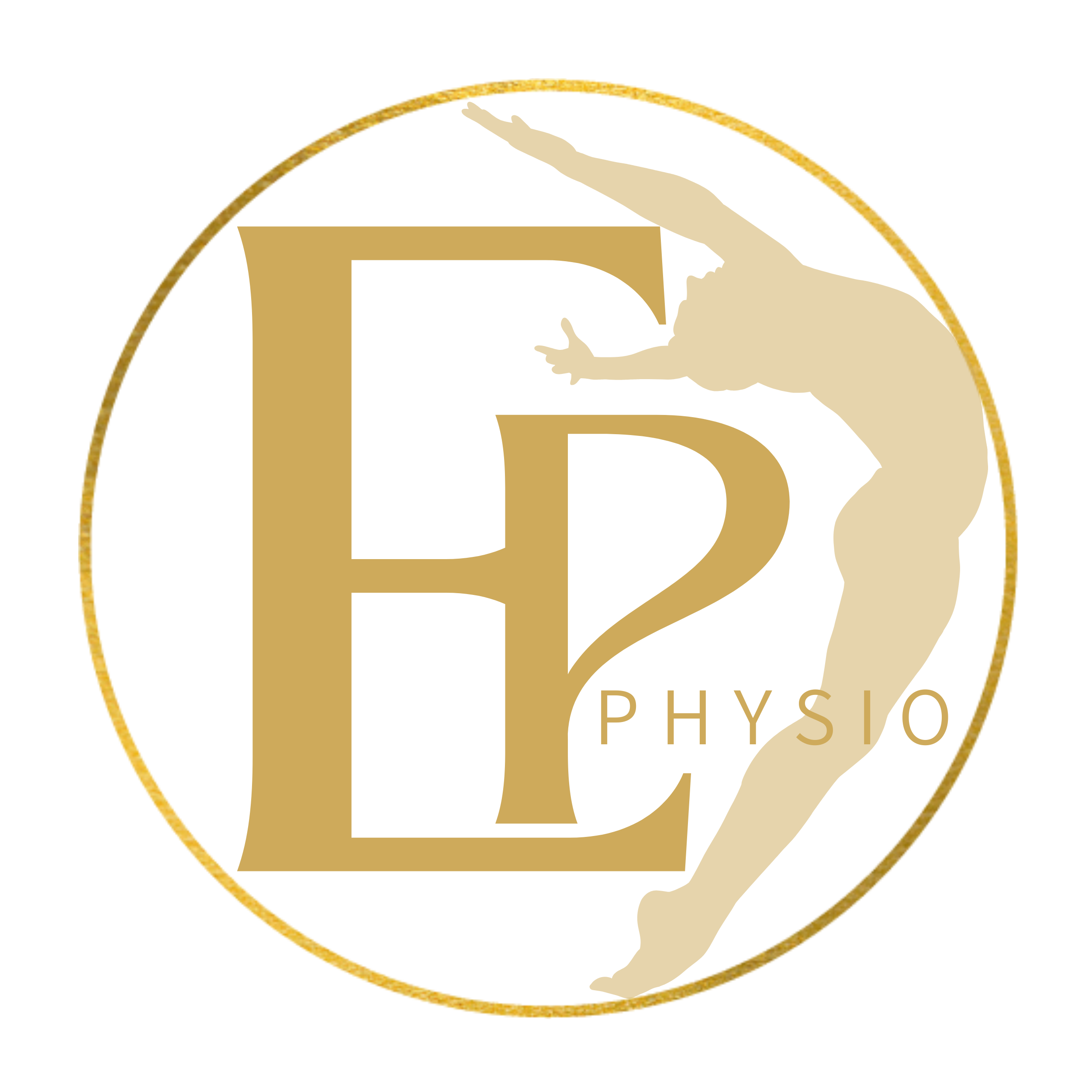
Preventing Common Injuries in Professional Dancers: Tips from Elite Performance Physio Manchester
Preventing Common Injuries in Professional Dancers: Tips from Elite Performance Physio Manchester
Contents Table
- Warm-Up and Cool-Down
- Strengthen Core and Stabilising Muscles
- Ankle Stability and Turnout Exercises
- Strength Training for Injury Prevention
- Dynamic and Explosive Training
- Advanced Conditioning Techniques
- Mental and Psychological Preparation
- Listen to Your Body
Every leap, pirouette, and grand jeté showcases the artistry and athleticism of dance—but it also places incredible demands on the body. At Elite Performance Physio Manchester, we know that injury prevention is key to unlocking your full potential and performing at your best. Here’s a guide to help you stay strong, flexible, and injury-free while pursuing your passion.
Warm-Up and Cool-Down
Begin every session with a thorough warm-up to prepare your muscles and joints for the movements ahead. Start with light cardio like jogging or jumping jacks, followed by dynamic stretches such as leg swings and arm circles. Conclude with static stretches to relax your muscles and prevent tightness. Proper warm-up and cool-down routines are essential in reducing the risk of strains and injuries.
Strengthen Core and Stabilising Muscles
A strong core is essential for balance, control, and proper technique in dance. Incorporate the following exercises into your routine:
- Planks: Hold for 30-60 seconds, focusing on maintaining a straight line from head to toe.
- Bird-Dog: On all fours, extend the opposite arm and leg, holding for 5-10 seconds. This enhances core stability and coordination.
- Pilates Hundred: Lie on your back, lift your head and shoulders, pump your arms up and down while holding your legs in a tabletop position to build core endurance.
Ankle Stability and Turnout Exercises
Strong ankles are vital for dancers to maintain balance and reduce the risk of sprains. Incorporate these exercises:
- Single-Leg Balance: Stand on one foot for 30 seconds, progressing to doing this with eyes closed.
- Calf Raises: Rise onto your toes and slowly lower back down, which strengthens the calves and improves balance.
- Resistance Band Exercises: Use a resistance band to provide resistance as you point and flex your foot.
Proper turnout is also essential, and it should come from the hips, not the feet. To improve turnout:
- Clam Shells: Lie on your side with knees bent, open and close your top knee while keeping feet together.
- Standing Turnout Holds: Stand in the first position, engage your turnout muscles, and hold for 30 seconds.
Strength Training for Injury Prevention
Incorporate heavy weightlifting, such as:
- Deadlifts and Squats (e.g., single-leg squats) to build strength in your lower body. These exercises target key muscle groups needed for balance, explosive power, and control in dance movements.
- High-repetition calf raises (body weight or added resistance) to strengthen your calves and improve ankle stability, essential for jumps and landings.
- Isometric exercises like static holds (stationary single-leg squats) to improve muscle endurance and joint stability.
Dynamic and Explosive Training
- Barbell lifts focusing on speed and explosive power to enhance your ability to perform dynamic dance movements.
- Force plate training to measure and improve explosive power and landing techniques, ensuring safe and effective execution.
Advanced Conditioning Techniques
- Electromyography (EMG) and Heart Rate-Based Drills: Use these for targeted muscle strengthening and custom fitness routines. These advanced techniques allow you to monitor muscle activation and cardiovascular response, ensuring optimal performance and injury prevention.
- Gyrotonic Machine Workouts: Perform fluid, dance-specific movements that enhance flexibility, strength, and overall body awareness.
- Cold Therapy and Compression: After intense training, use cold-therapy leg wraps and recovery boots to manage inflammation and reduce muscle soreness.
Mental and Psychological Preparation
Incorporate positive imagery and stress management techniques into your routine to maintain mental focus and reduce performance anxiety. A strong mental game is just as crucial as physical preparation in preventing injuries and maintaining peak performance.
Listen to Your Body
Every dancer’s body is unique. If you experience persistent discomfort or need a personalised injury prevention plan, our team at Elite Performance Physio Manchester is here to help. We create tailored programs that address your specific needs and dance style, ensuring you stay injury-free while reaching your highest potential. Remember, taking care of your body is the key to dancing without limits!
You can also find some more interesting information on sport science here!

